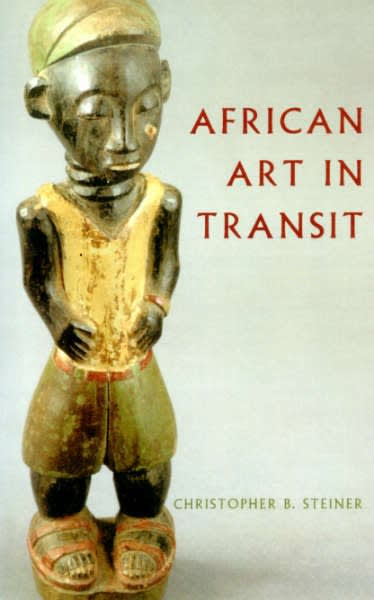
A book which can’t be celebrated enough, Christopher Steiner’s African Art in Transit is a must read for anyone with an interest in the African art market. In it, Steiner gives an absorbing account of the commodification and circulation of African art in Africa itself. While so much attention currently focuses on an objects’ provenance or history in the West, this study documents the African side of the story. When the book came out in 1994, it was reviewed numerous times (for example here, here & here – with Sidney Kasfir adding her own interesting experiences) and better than I ever could – so I don’t wish to repeat the exercise myself.
Quoting Denis Dutton in his review: “African Art in Transit presents a wealth of useful information for anyone who wants to learn how contemporary artifacts are marketed, how genres (like slingshots) can be virtually invented, and how the preconceptions of Westerners are exploited by clever salesmen.” All six chapters of the book are most revealing. Chapter 1 describes the situation in Côte d’Ivoire, more specifically Abidjan, where Steiner did his field-research. Chapter 2 describes the organization and basic business practices among traders and between them and their suppliers in upcountry villages. Chapter 3 describes the main features of trading in terms of bargaining, reckoning prices, determining strategies for profit and survival against competitors. Chapter 4 discusses how the ethnicity and religion of traders usually insulate them from both their African suppliers and European buyers, as well as from the objects which they sell. Chapter 5 discusses the notion of authenticity which pervades nearly all thinking about what is or is not good (marketable) art – a very illuminating section. Lastly, chapter 6 examines the sociological concept of cultural broker as it may apply to African art dealers as middlemen between the different cultural spheres of creators, purveyors, and consumers. The text is enriched by numerous telling photos, find some of them below.





